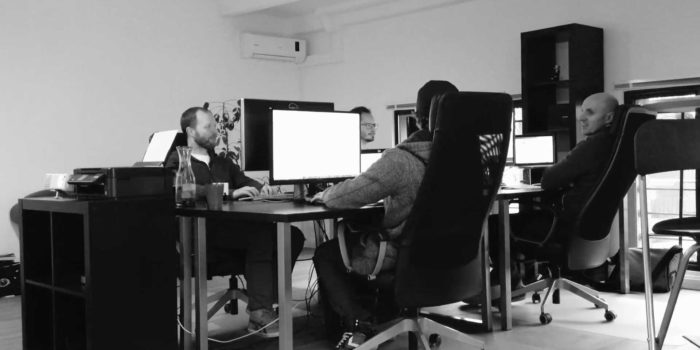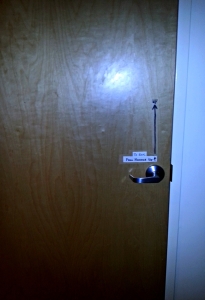YouTube is the perfect Internet app. Using controls as old as reel-to-reel tapes, visitors can play, pause and do all of the things one might expect with a media stream.
Many people upload to YouTube thinking the controls are just as simple. That is true if you only care about uploading something with a simple title that the world can watch. But did you know that YouTube can be your website’s private media library too?
Picture this: you’ve made a video that you want to put on your website. Unless you’ve got a great developer and a really expensive website hosting package, putting the video on your own webserver can be a real drag on your resources. Your visitors will see a lagging herky-jerky video display, and you know that we all leave rather than sit through constant “Buffering…” messages.
YouTube as Media Library
Get familiar with YouTube privacy settings. There are only three: Public, private, and unlisted.
[checklist icon=”forward” iconcolor=”#1e73be” circle=”no”]
- Public – YouTube’s default that anyone can see, copy or download.
- Private – The intermediate step, YouTube’s privacy setting means only people you specify can view the video. Your video will not show in search results, but you can embed it on a website.
- Unlisted – Only people with the full URL can see your video. That means no embedding the video on your site. Another drawback is that anyone can forward the URL to anyone else, and those people can see your video.
[/checklist]
How Did You Create The Video Below Without More Videos?
That is a darn fine question and easy for you to repeat on your website. Upload your video to your organization’s YouTube channel and set the privacy level to “Private”.
Your super-secret command that many forget is to append the “rel=0” variable to the URL. This will stop YouTube’s related videos from displaying when your video is done. Be sure to opt out of “monetization” which means that you won’t get money from ads because you’re block ads from your video.
Simply add this bit of code to the end of your YouTube URL: &rel=0
That is all there is to using YouTube’s privacy settings to create a media library for your own organization.

